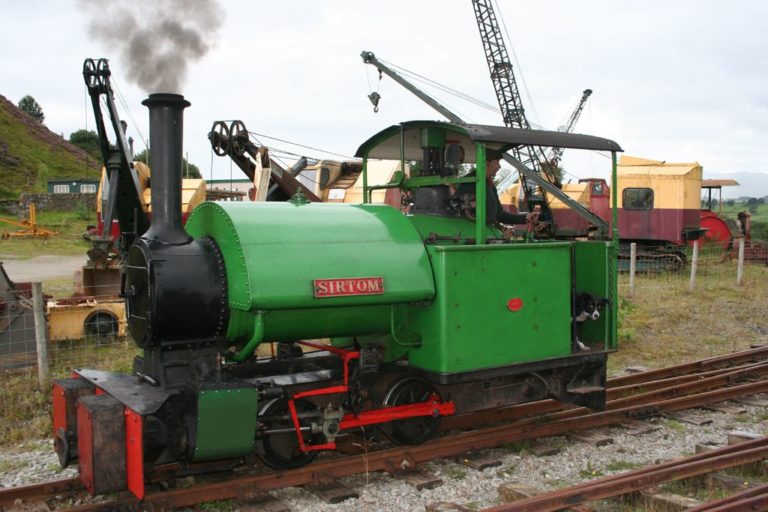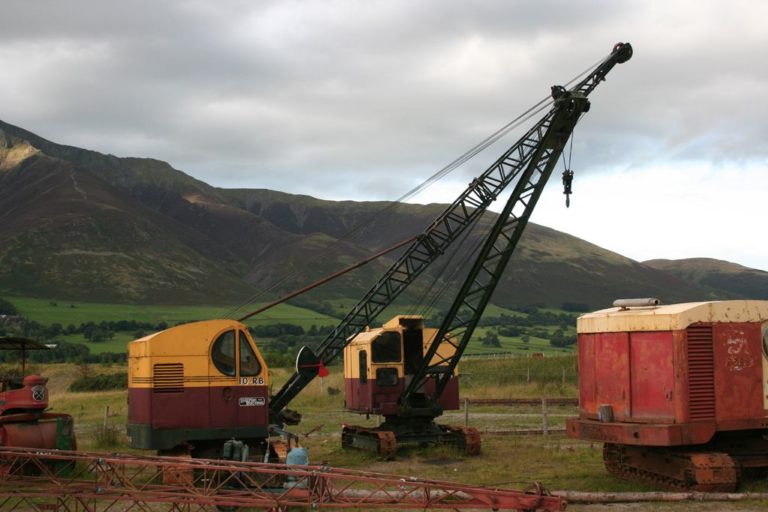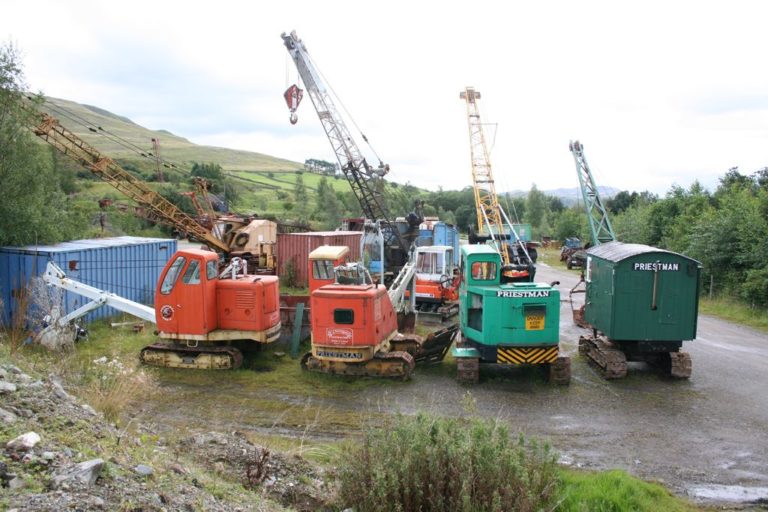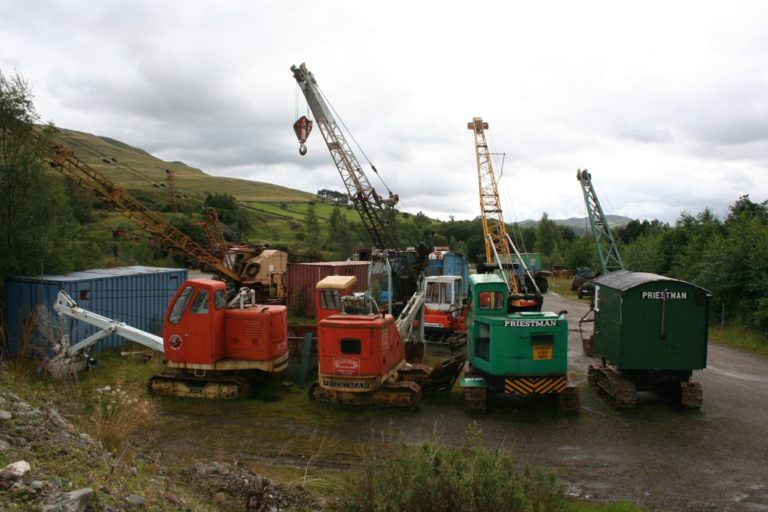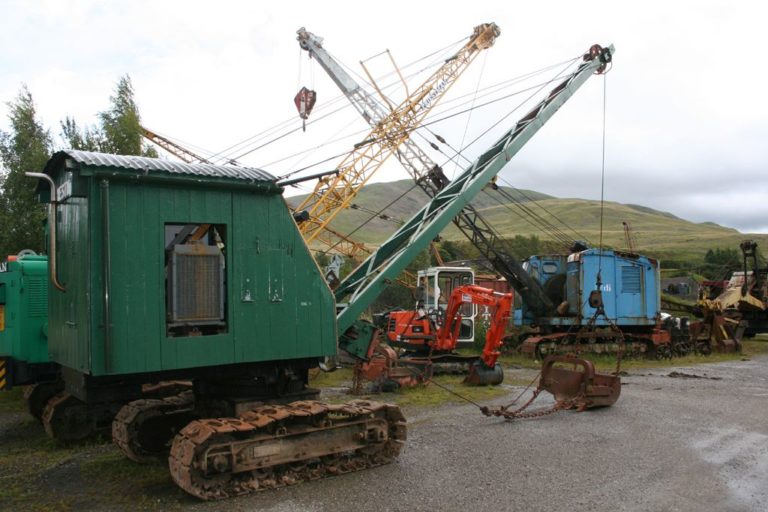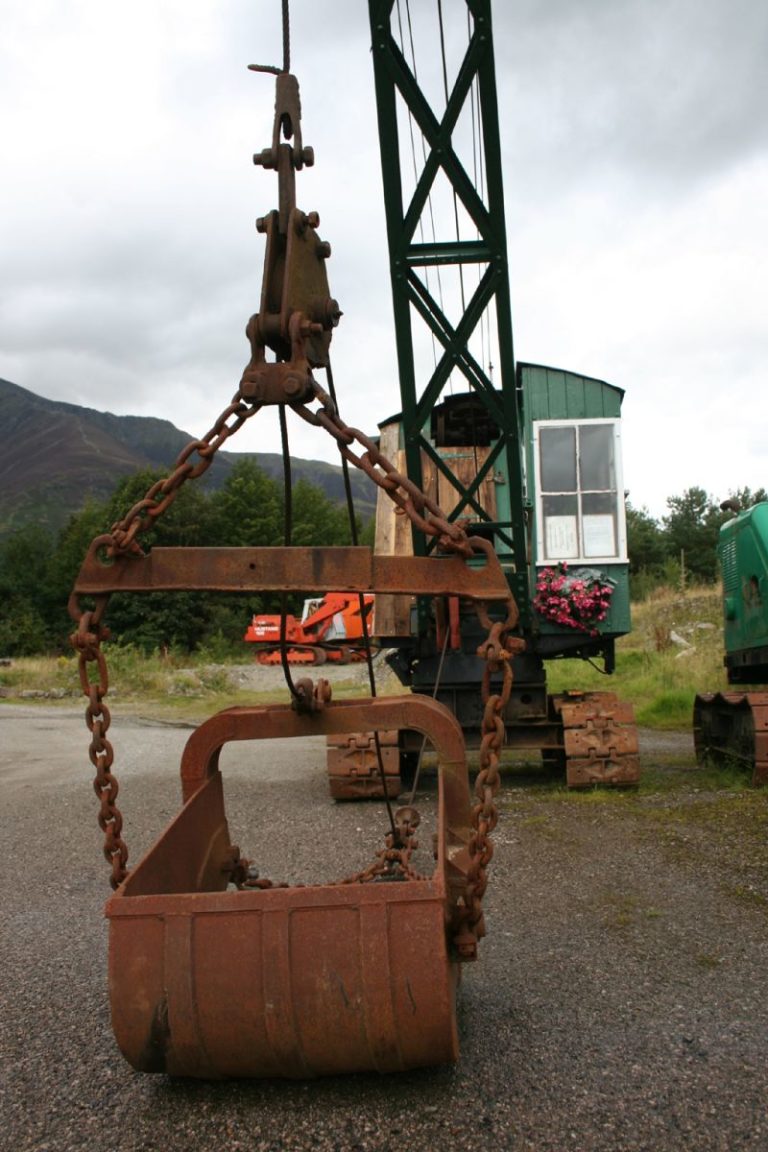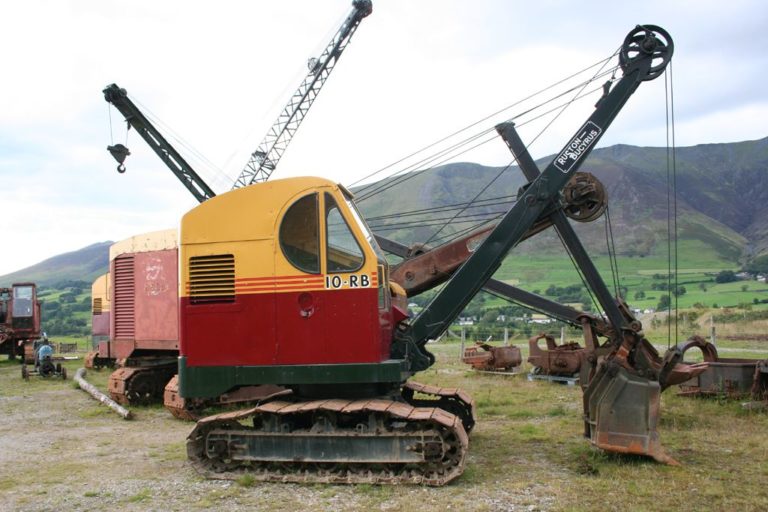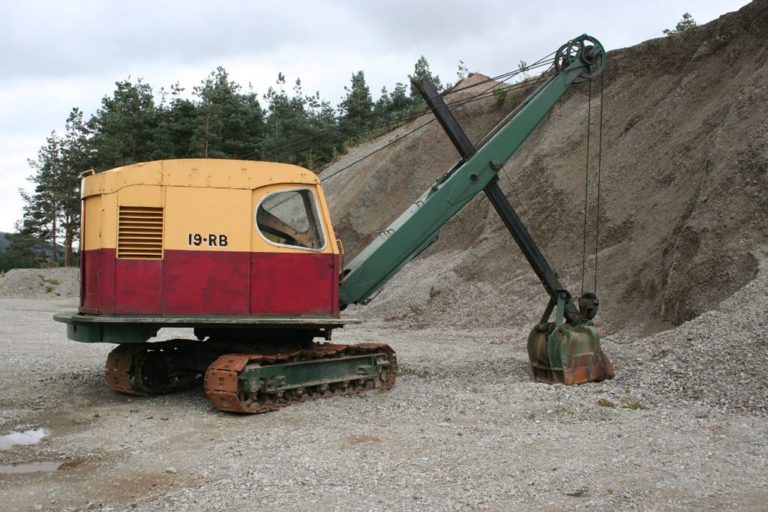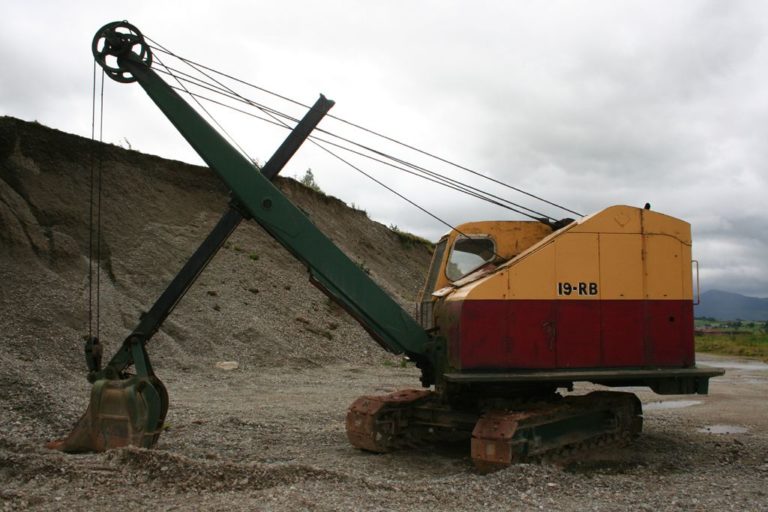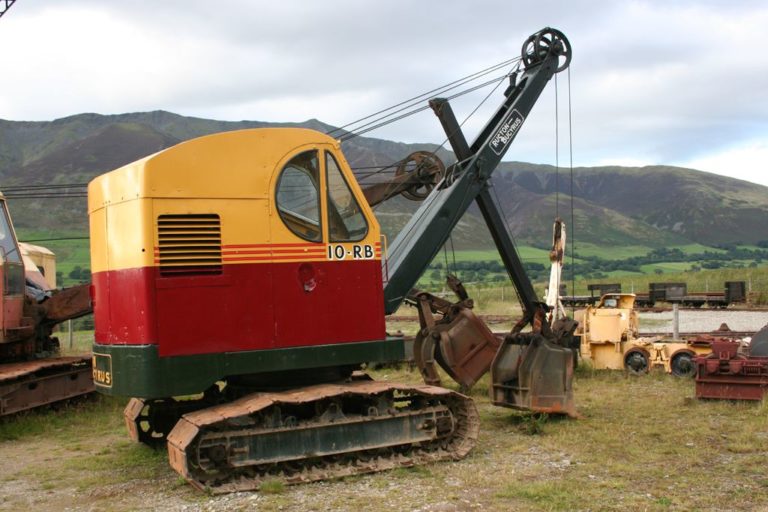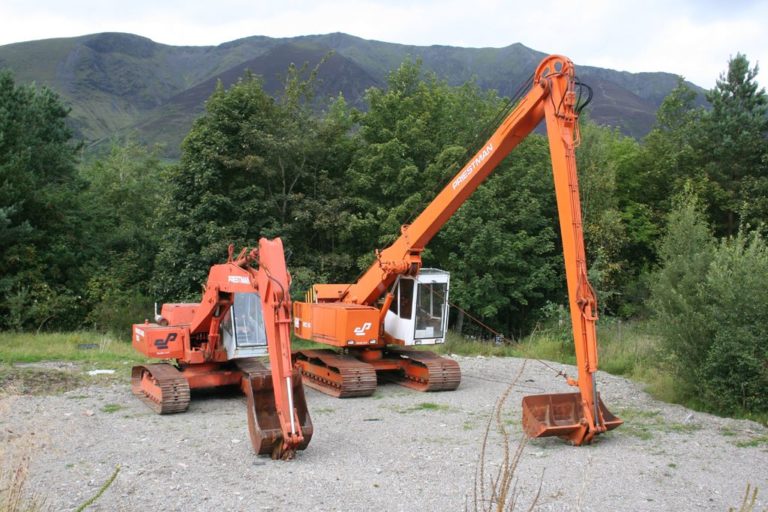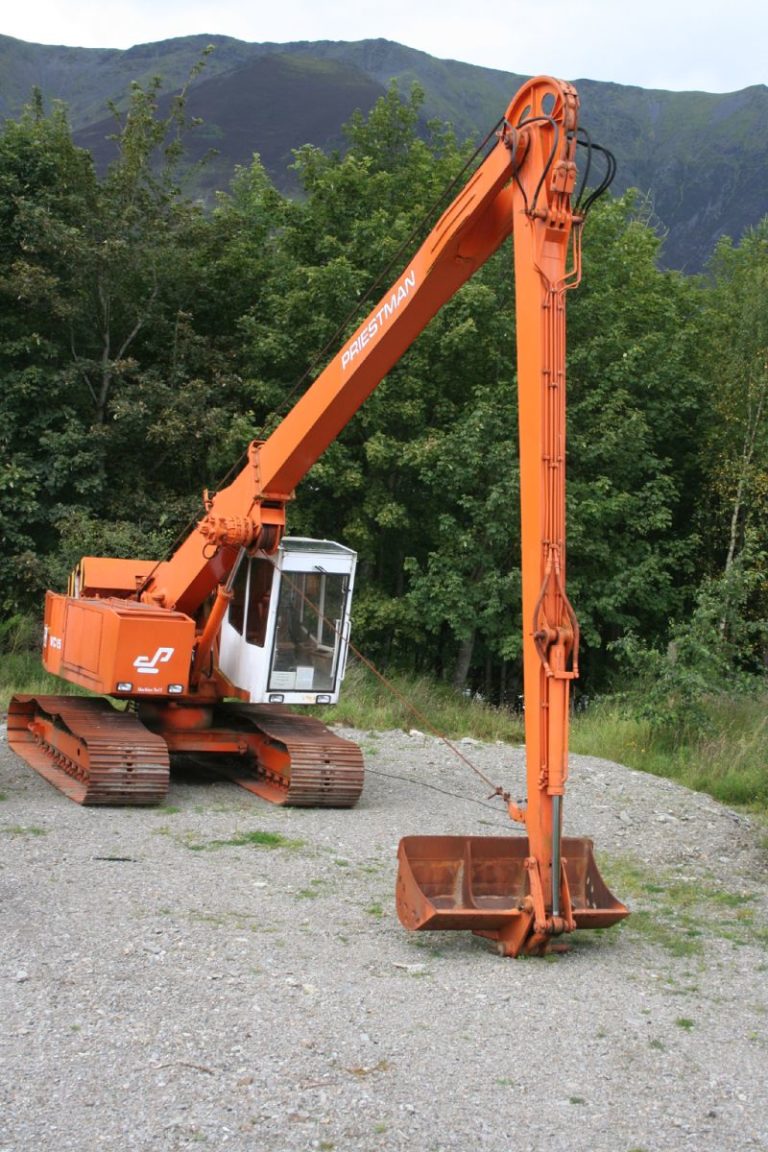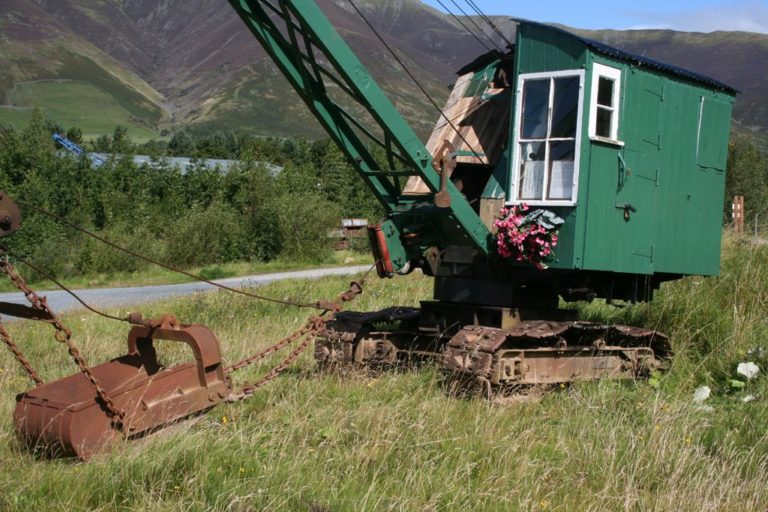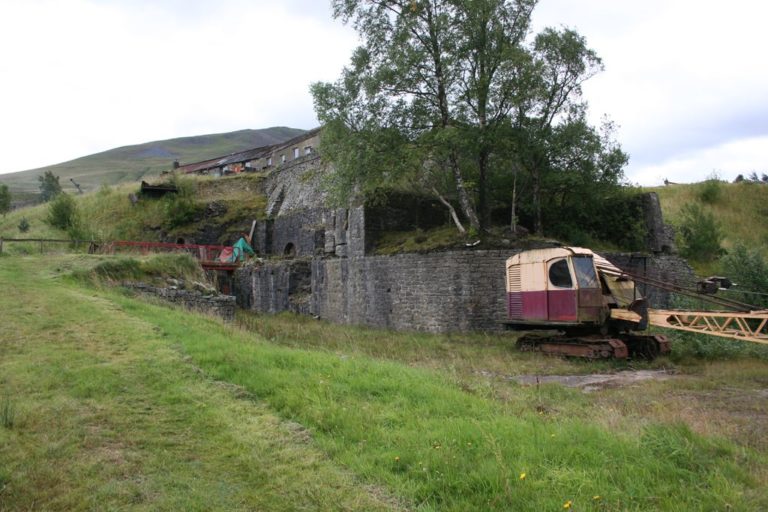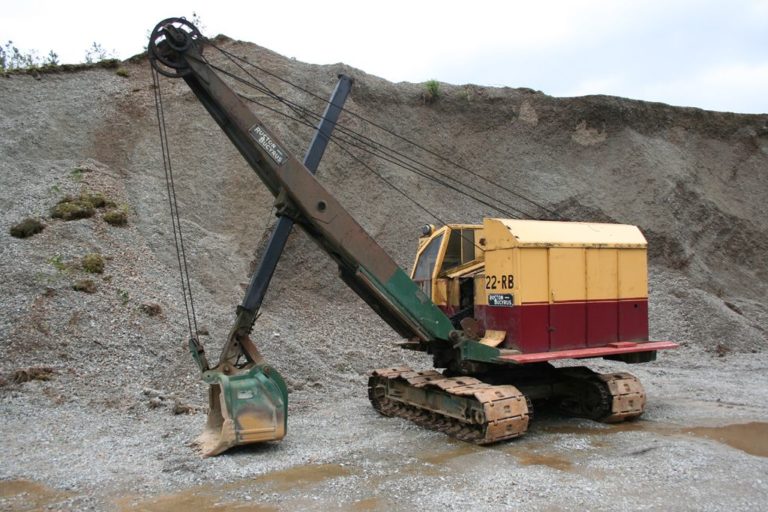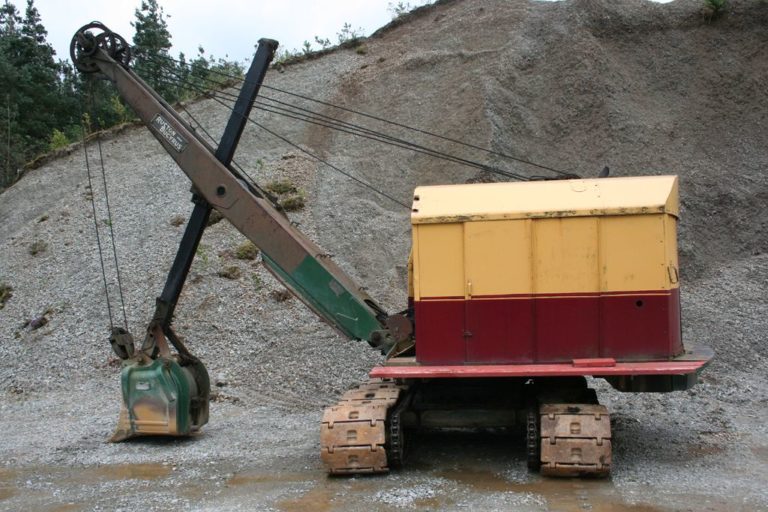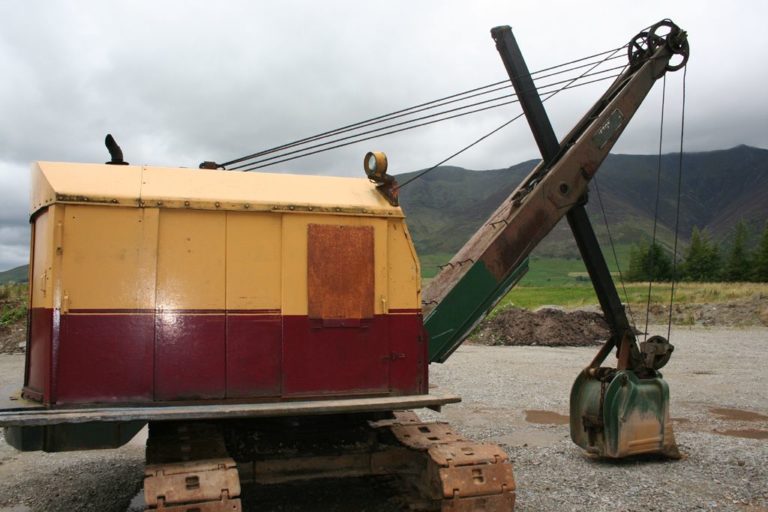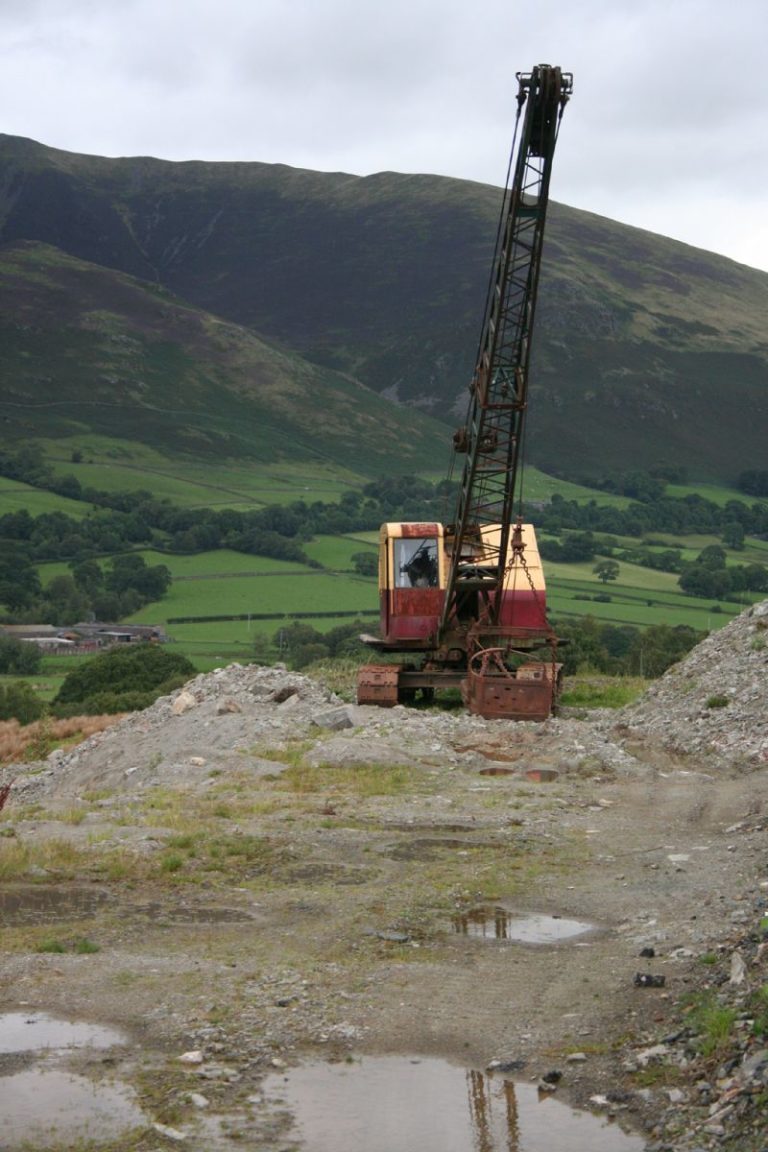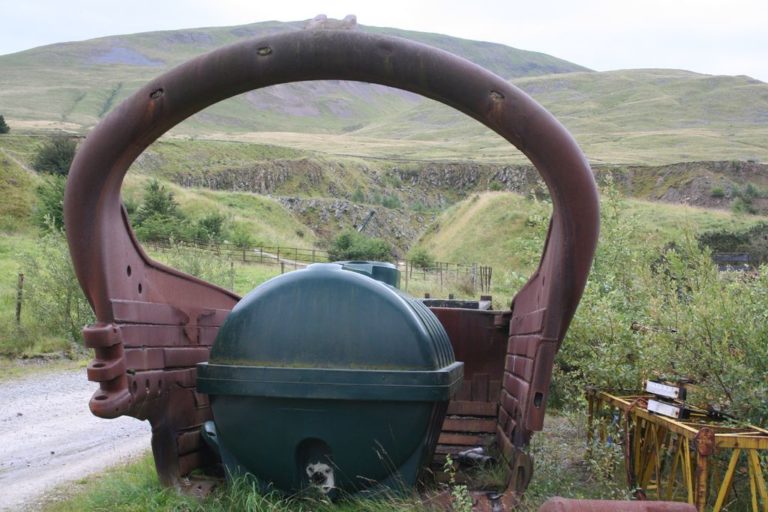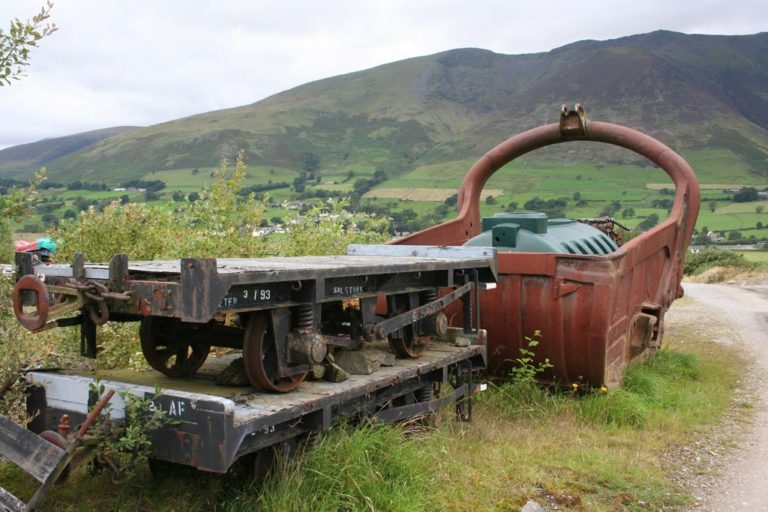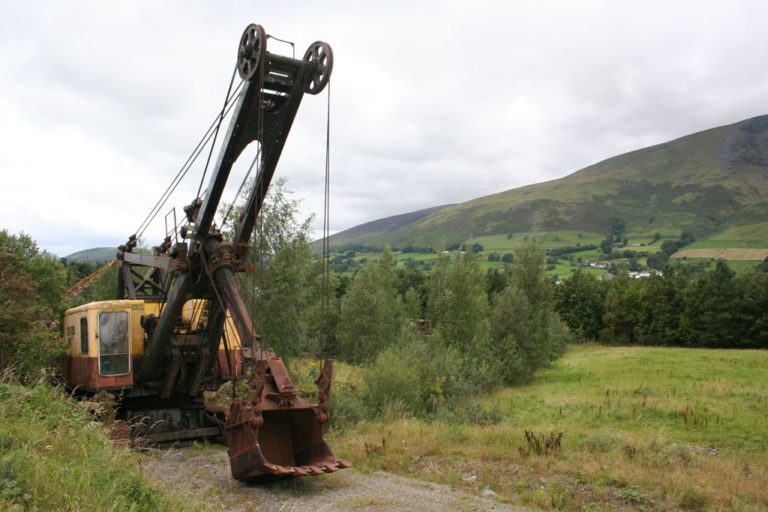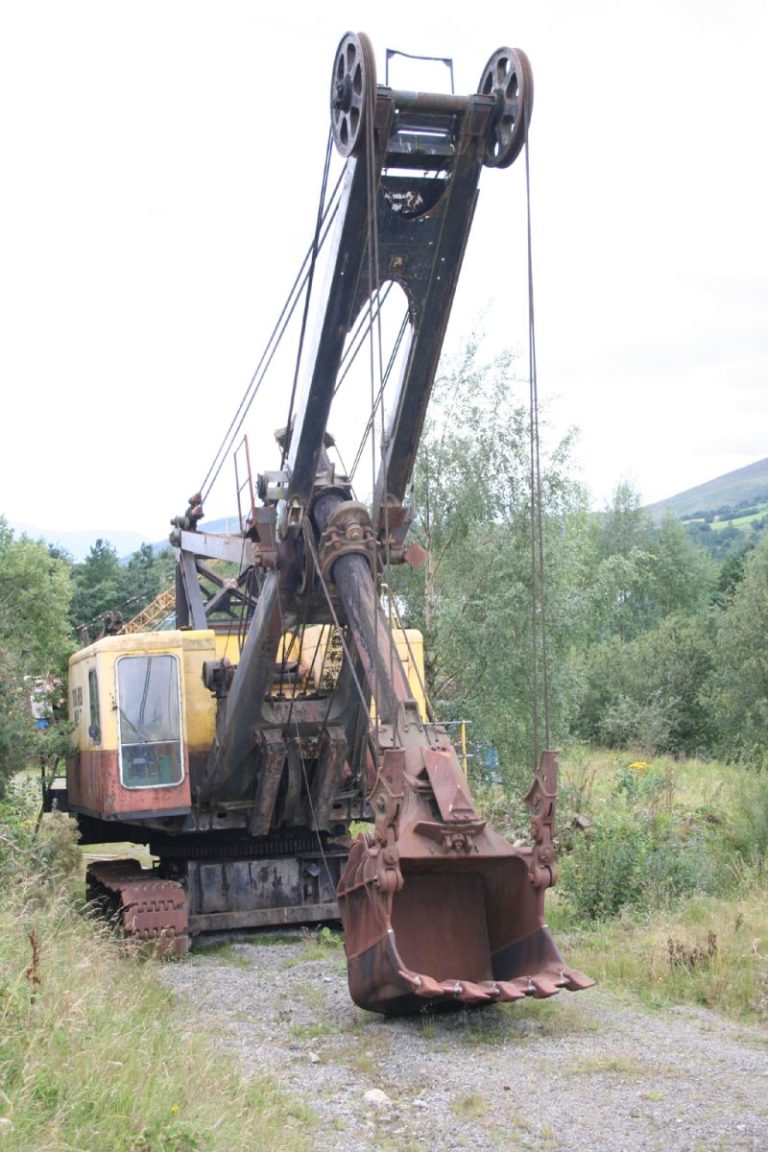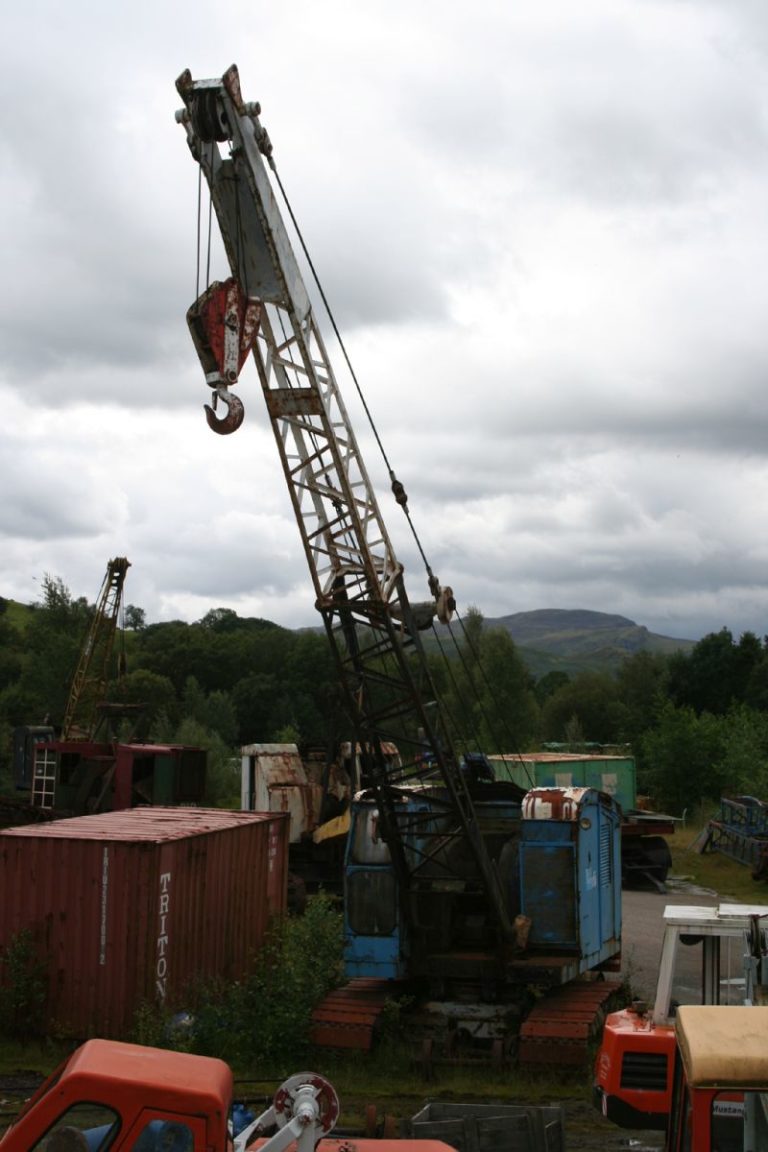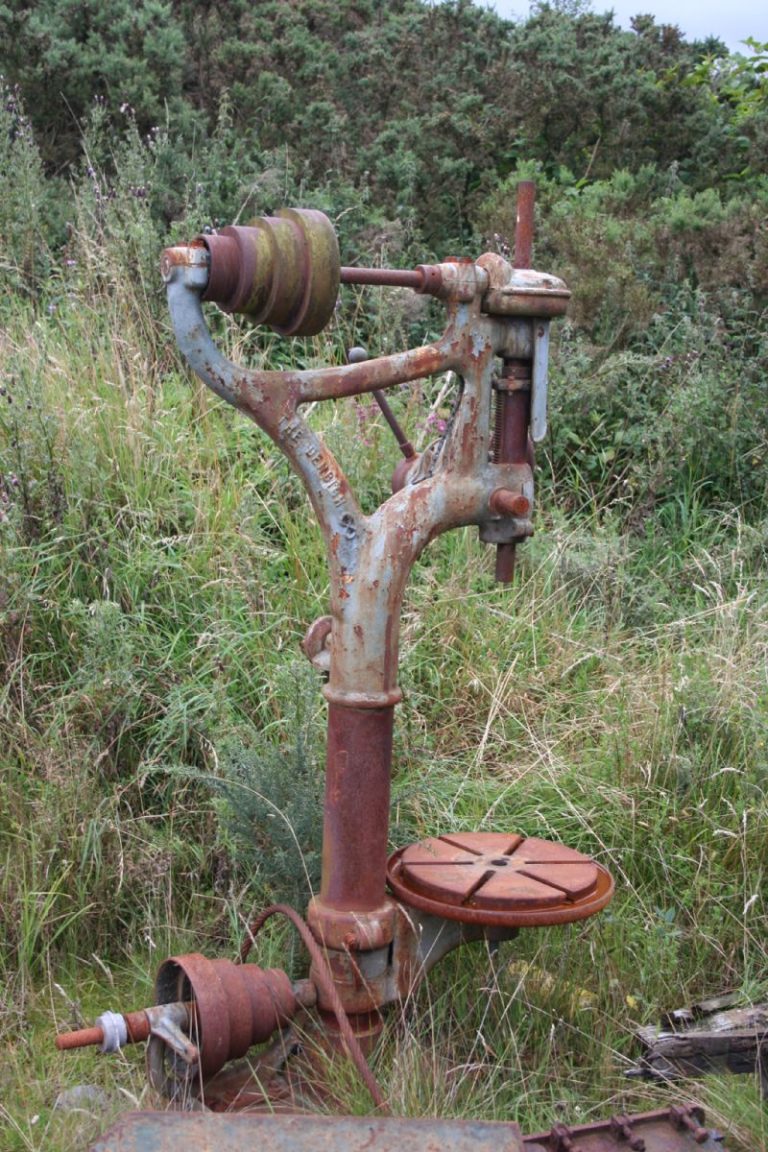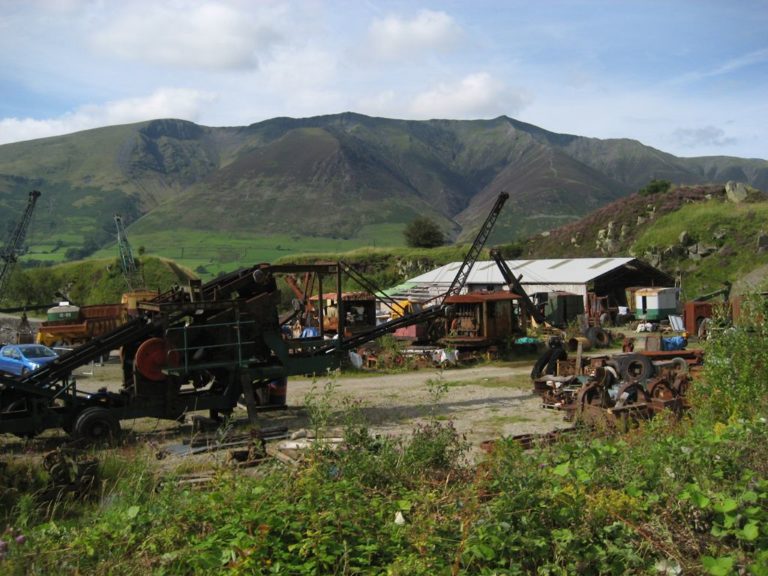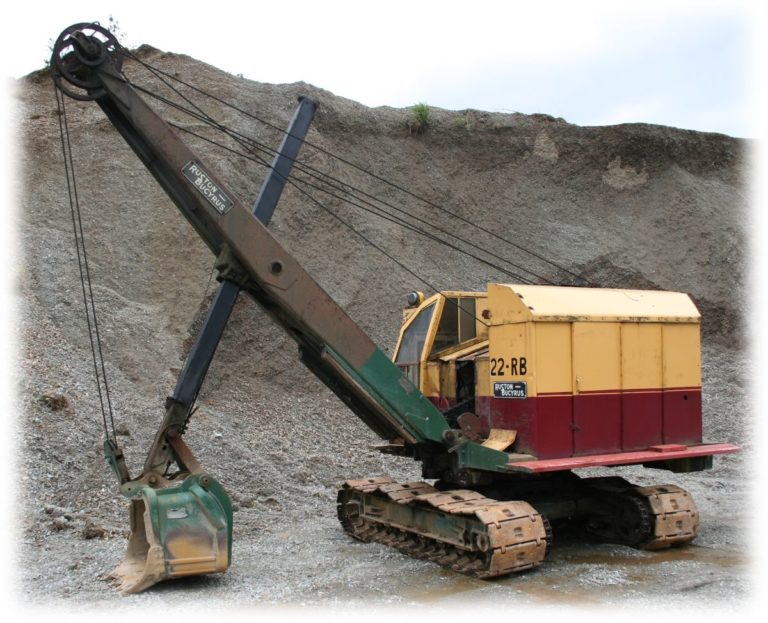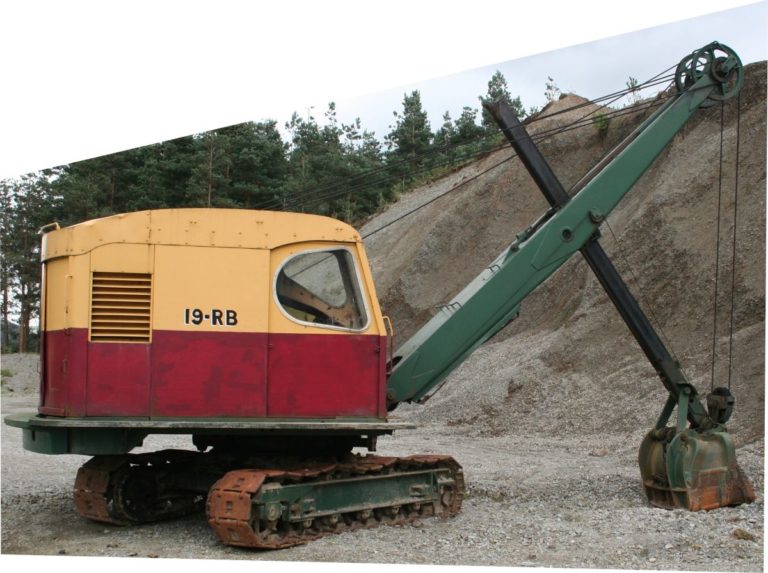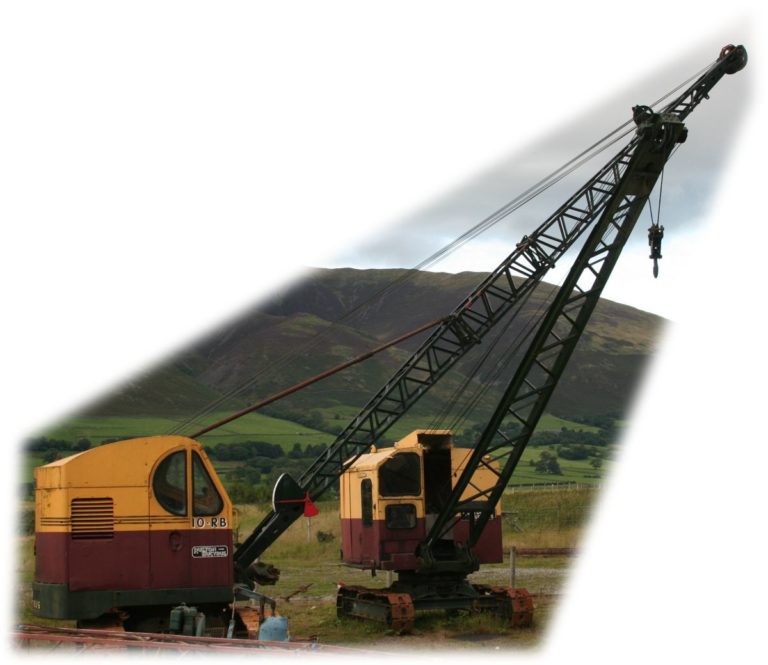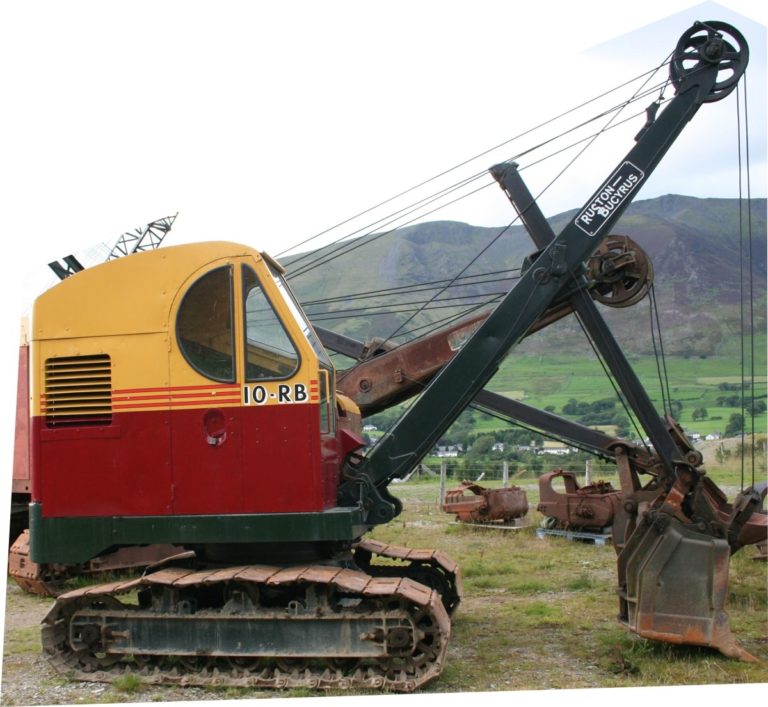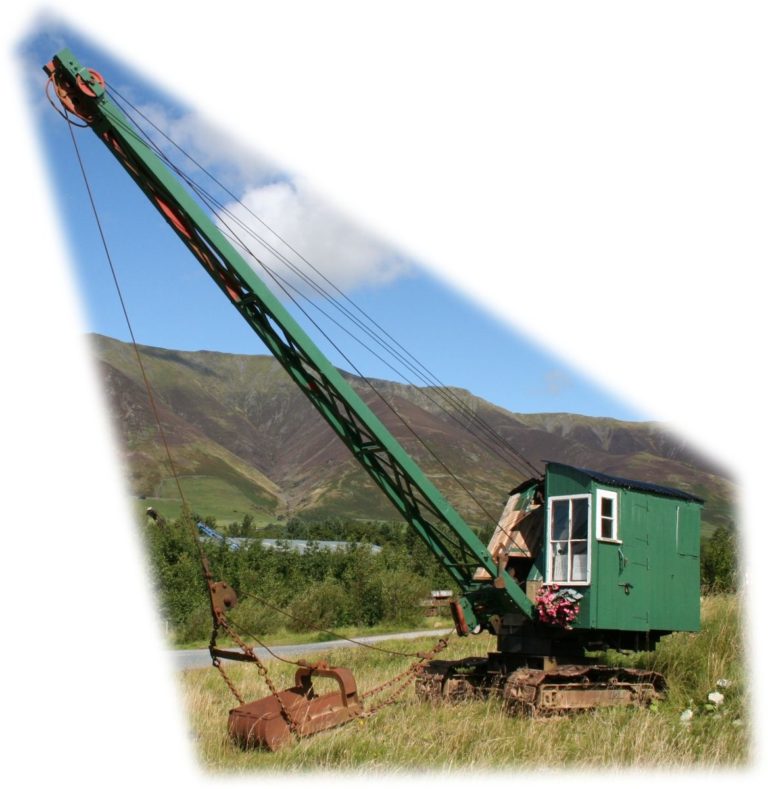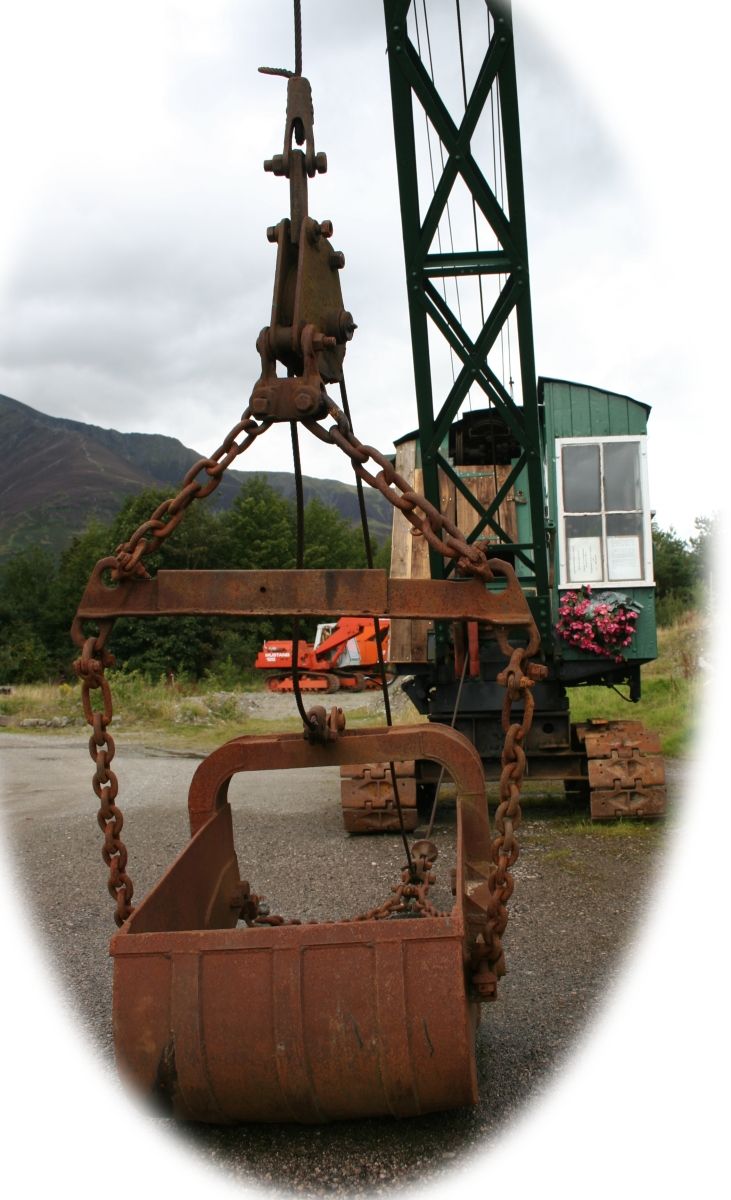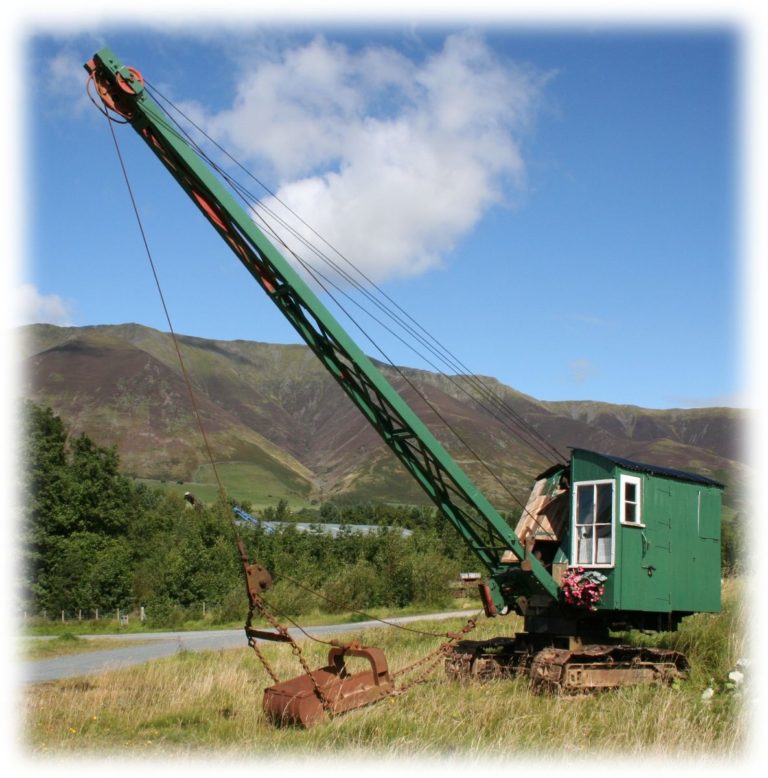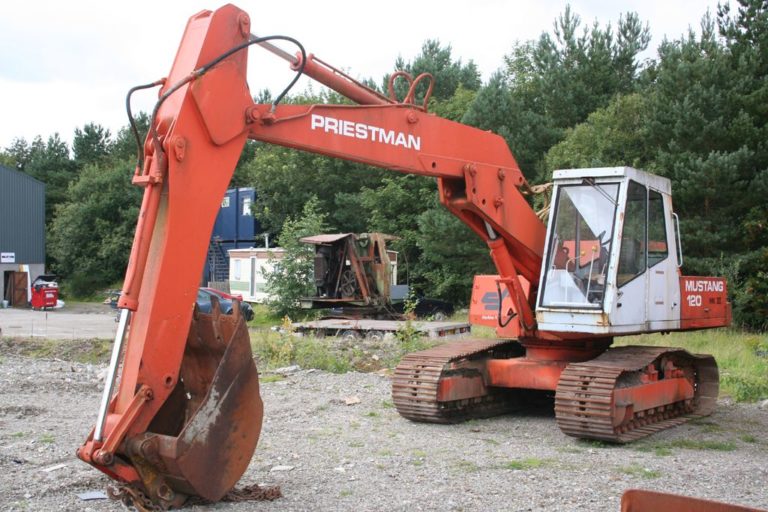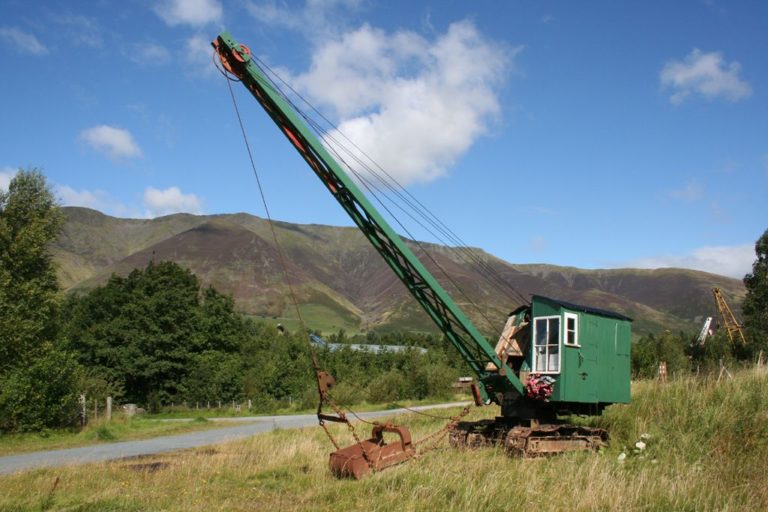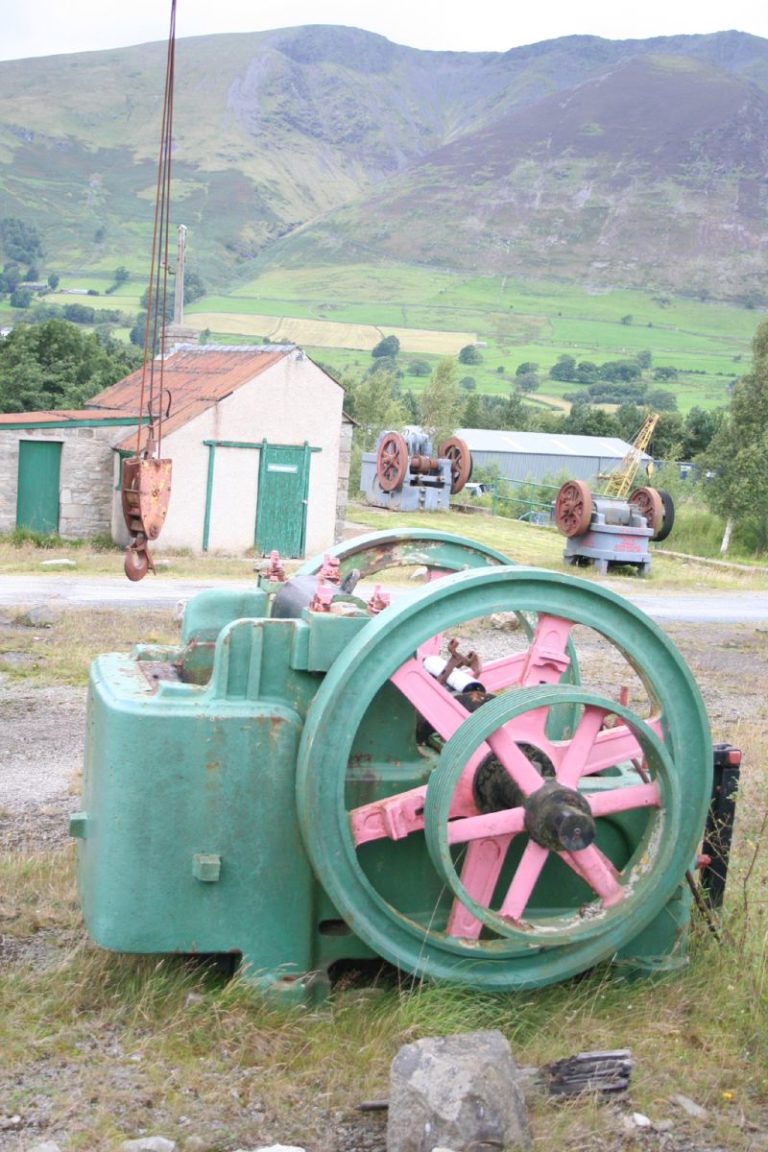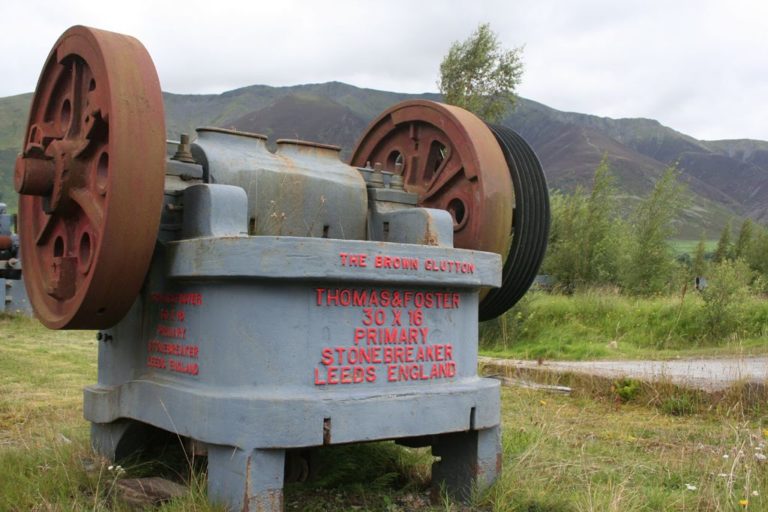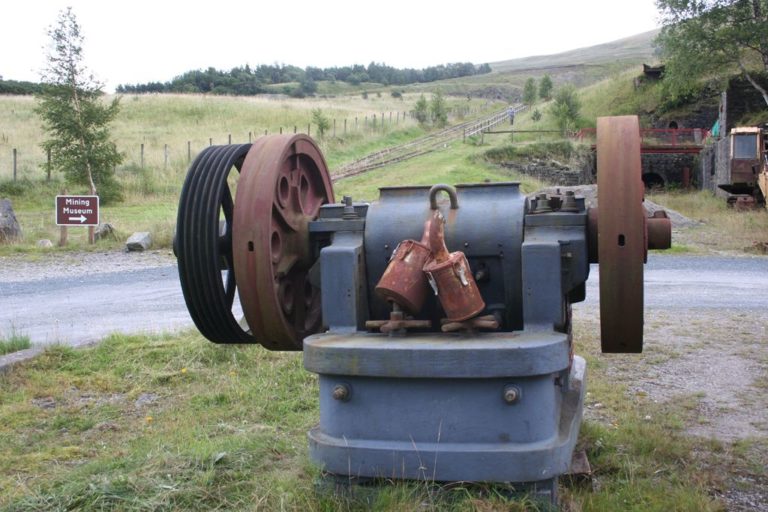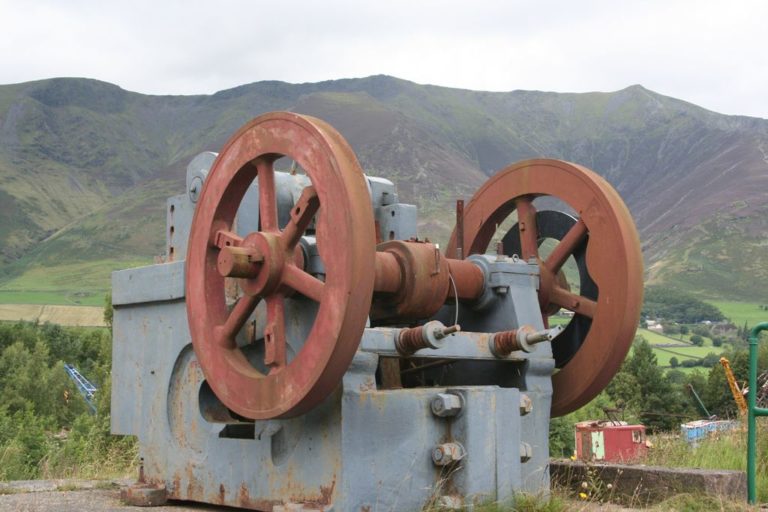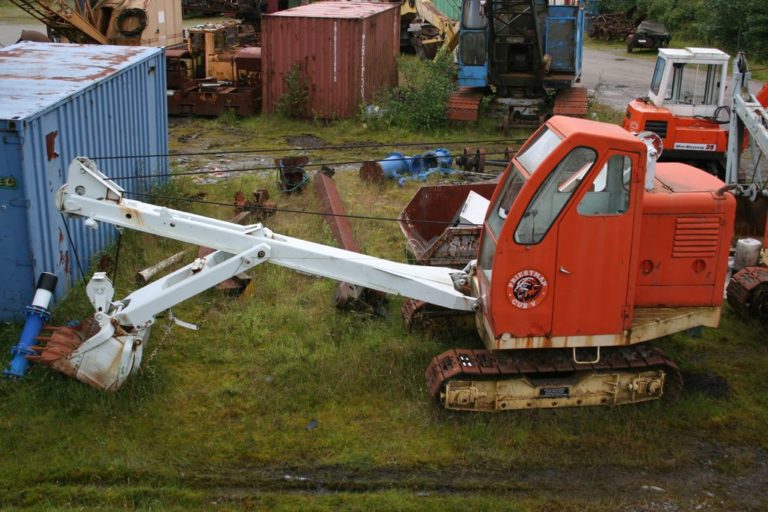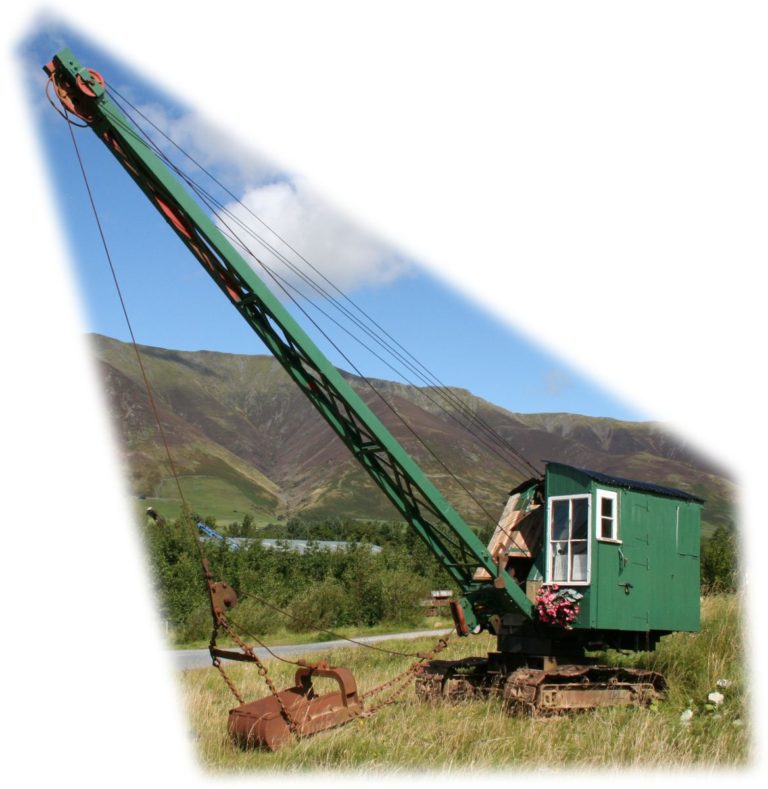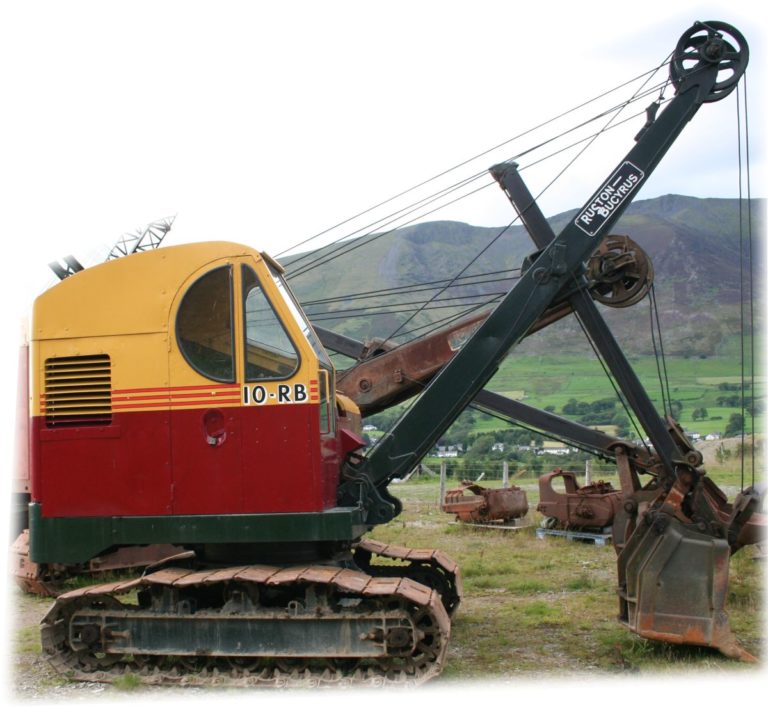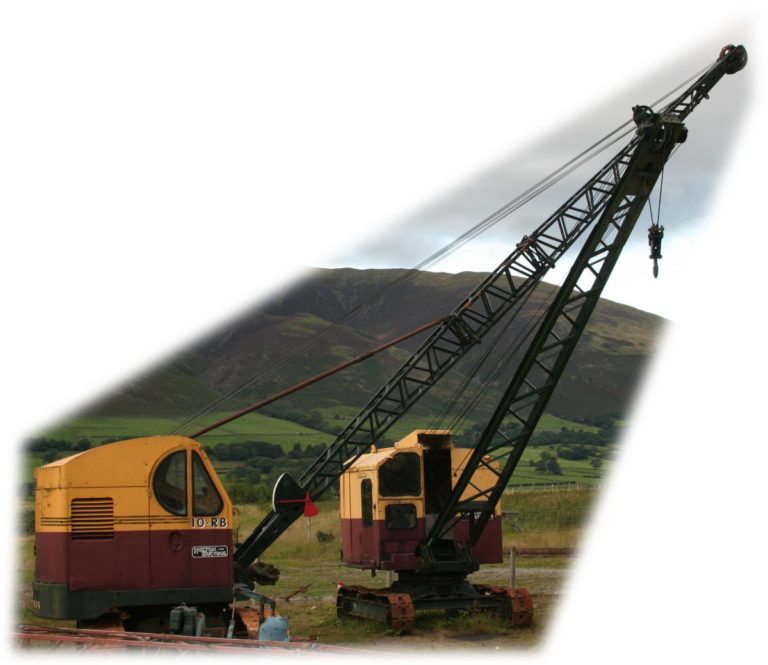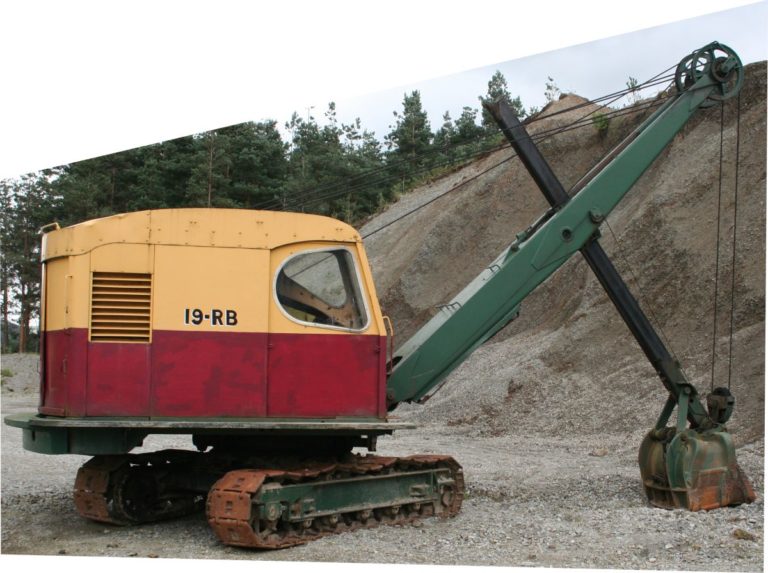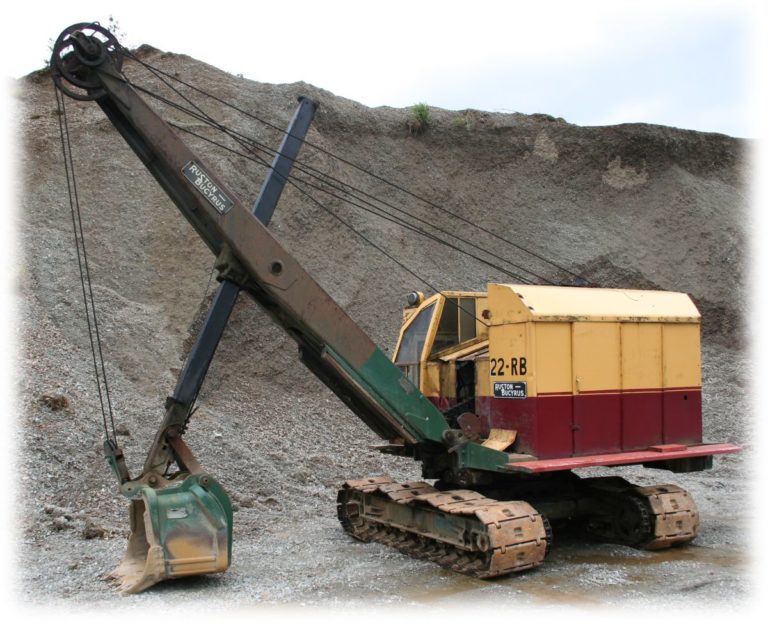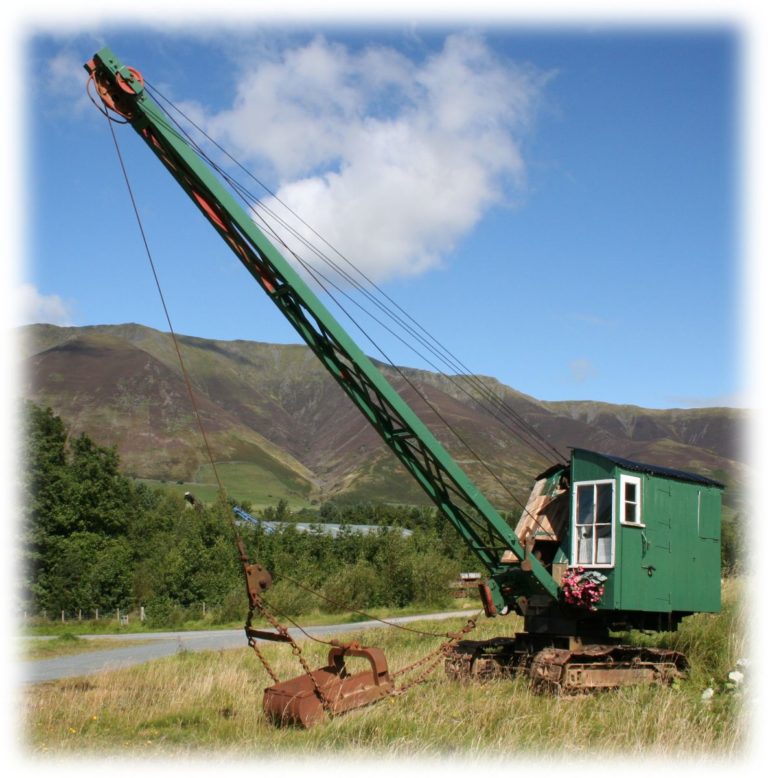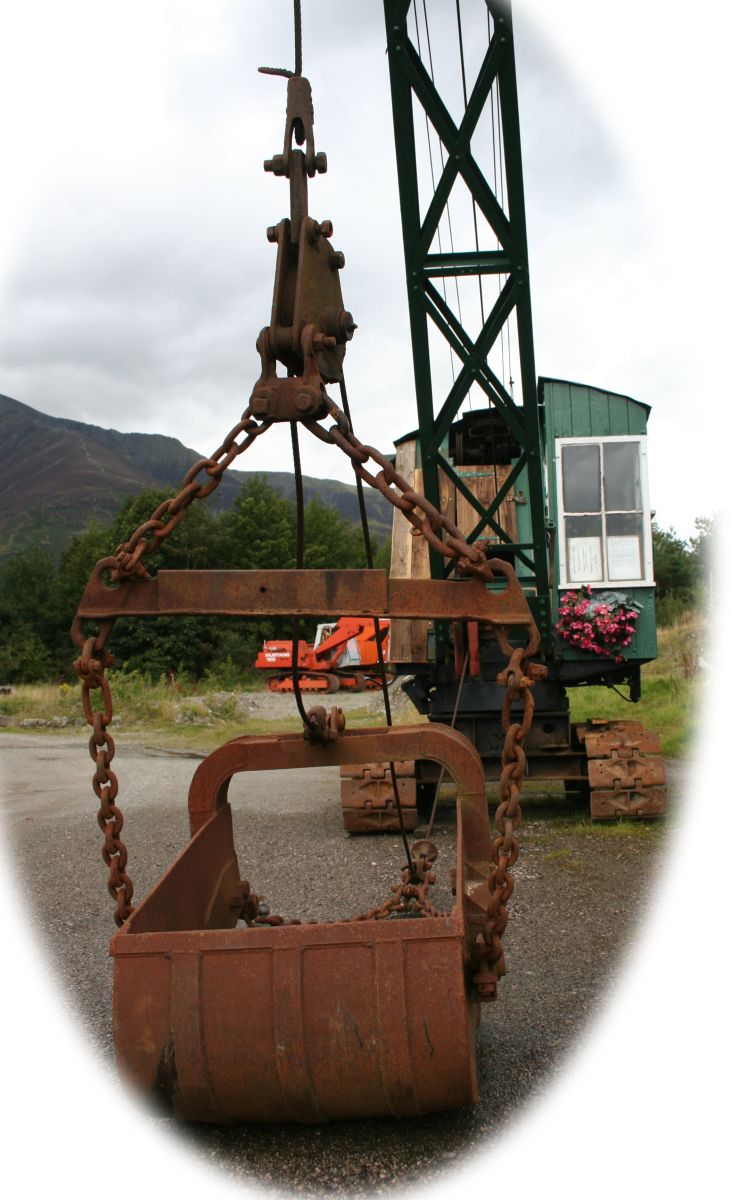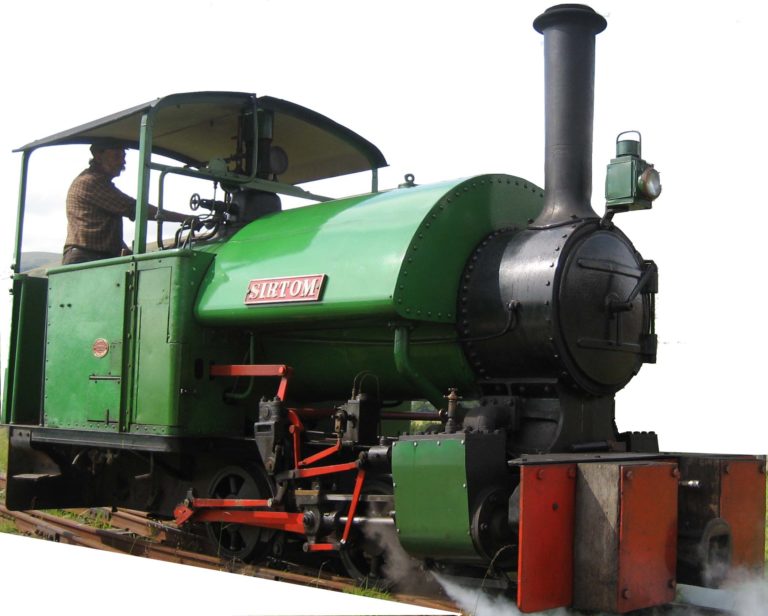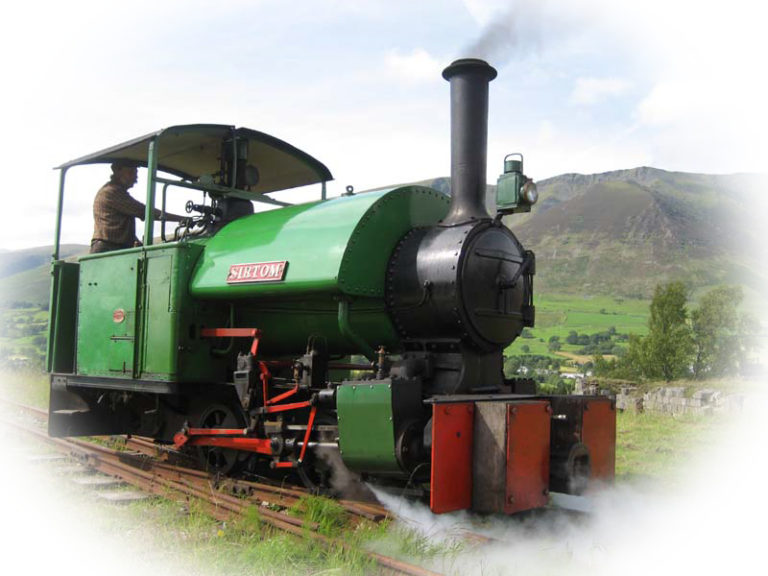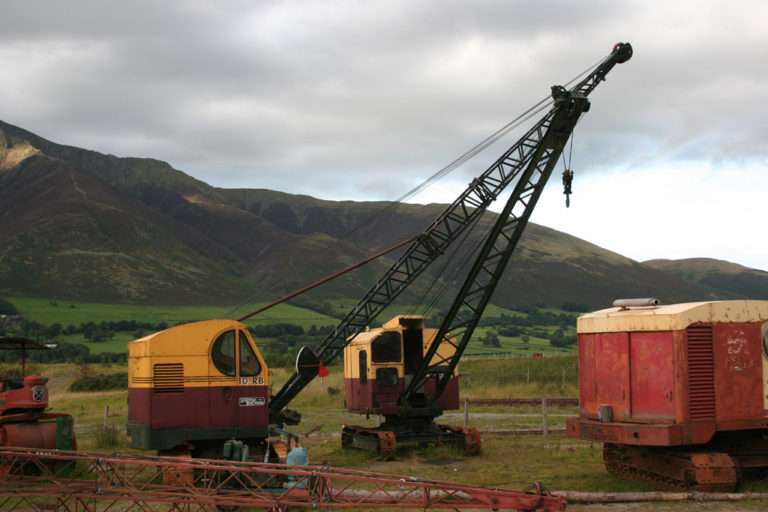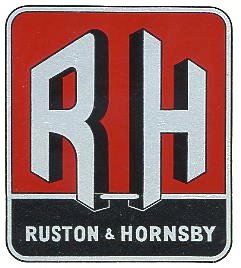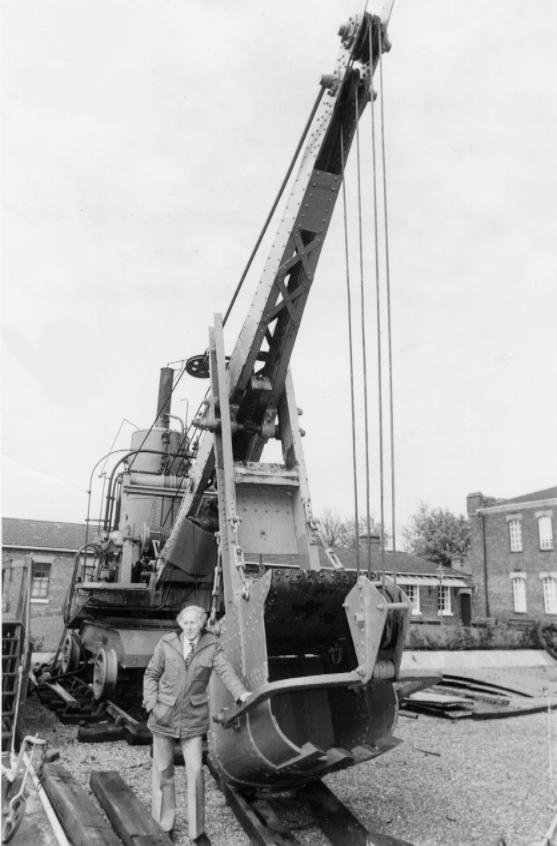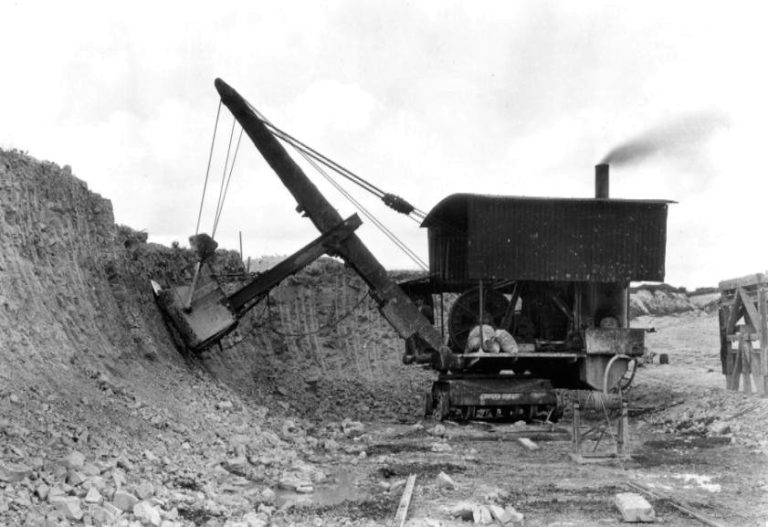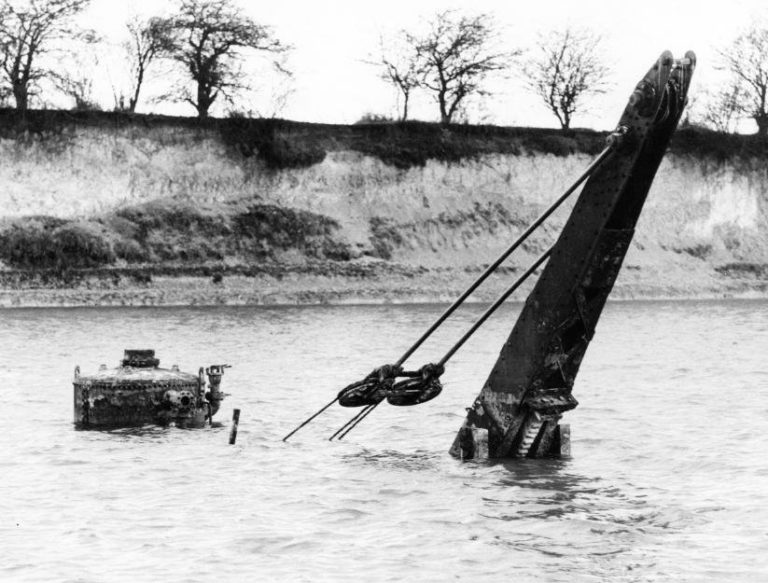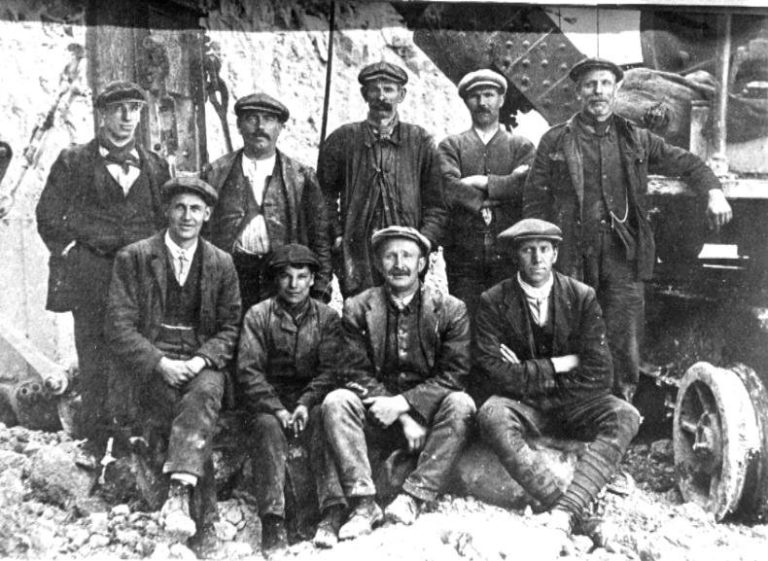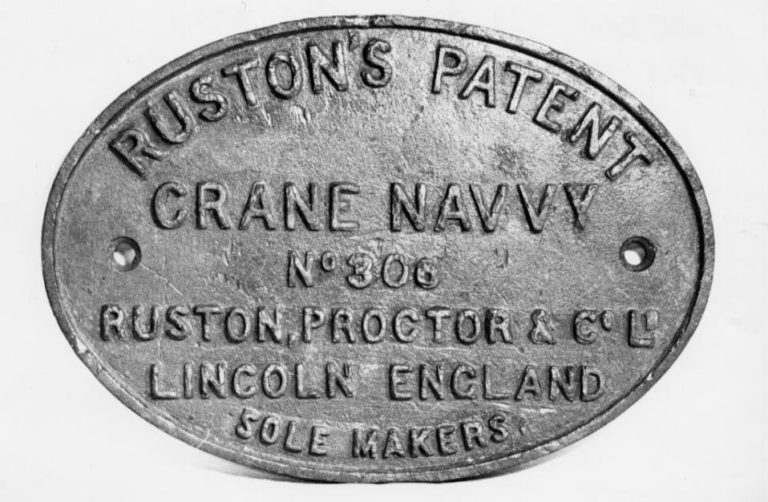Threlkeld Quarry and Mining Museum and Vintage Excavator Trust
Before the days of hydraulic excavators (leaky incontinent things!) rope excavators were the ingenious and robust diggers, lifters and movers. Perhaps challenge the viewer to work out how a diesel engine, turning in one direction can have clutches, gears and levers that can throw buckets forward, back, pivot turn, move on tracks, extend the reach of the boom, then empty the bucket.
The loco is named after Sir Thomas Callender whose British Insulated Callender Cables BICC had a huge works where the saddle tank loco moved goods. It is an odd coincidence that someone else uses that name!
When Threlkeld Quarry ended its productive life, Ian Hartland decided to create a museum to remember the way that quarrying and mining were done in the past. Nearby in Broughton Moor was the NATO munitions dump where a 3 feet gauge railway moved huge battleship shells and other explosives around “The Dump” as it was known.
When The Dump was decommissioned Ian Hartland bought the 3feet gauge track for use at Threlkeld, because in its working life the quarry had an extensive narrow gauge railway. But the loco Sir Tom was 3ft6 so Ian Hartland cut the axle to reduce the gauge – no small matter. Fortunately Ian had also collected the heavy duty machinery that is required to do the job, but in true vintage style a lot of the big machines are belt driven.
The rope excavators of the Vintage Excavator Trust are sometimes donated, sometimes lovingly restored and operated on occasional working weekends. See Vintage Excavator Trust website
Threlkeld Quarry website Earth Mover Magazine: Digger visits Threlkeld : Classic Plant and Machinery Magazine:
Threlkeld Quarry and Mining Museum and the Vintage Excavator Trust are based at Threlkeld near Keswick, with Blencathra in the background.
